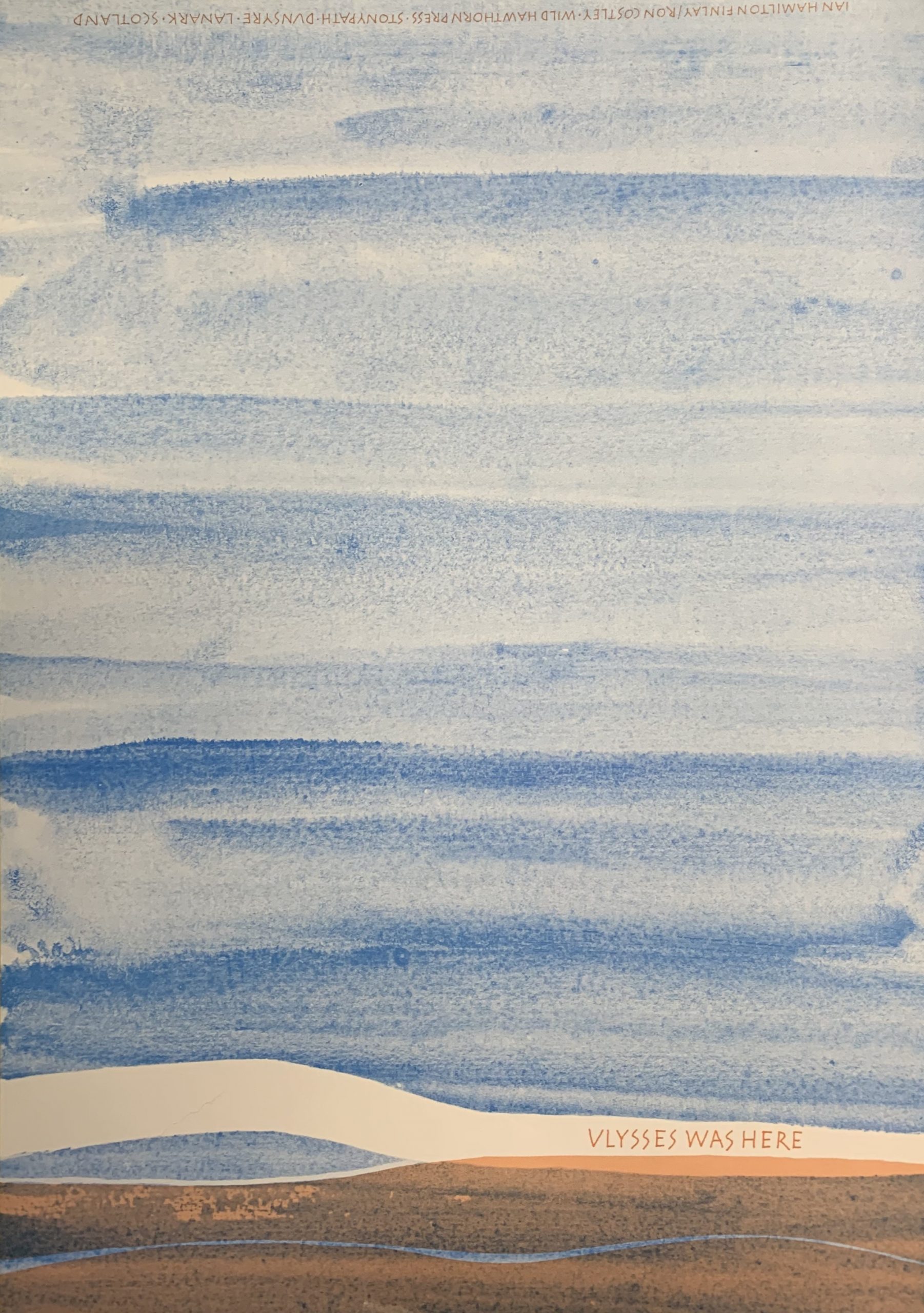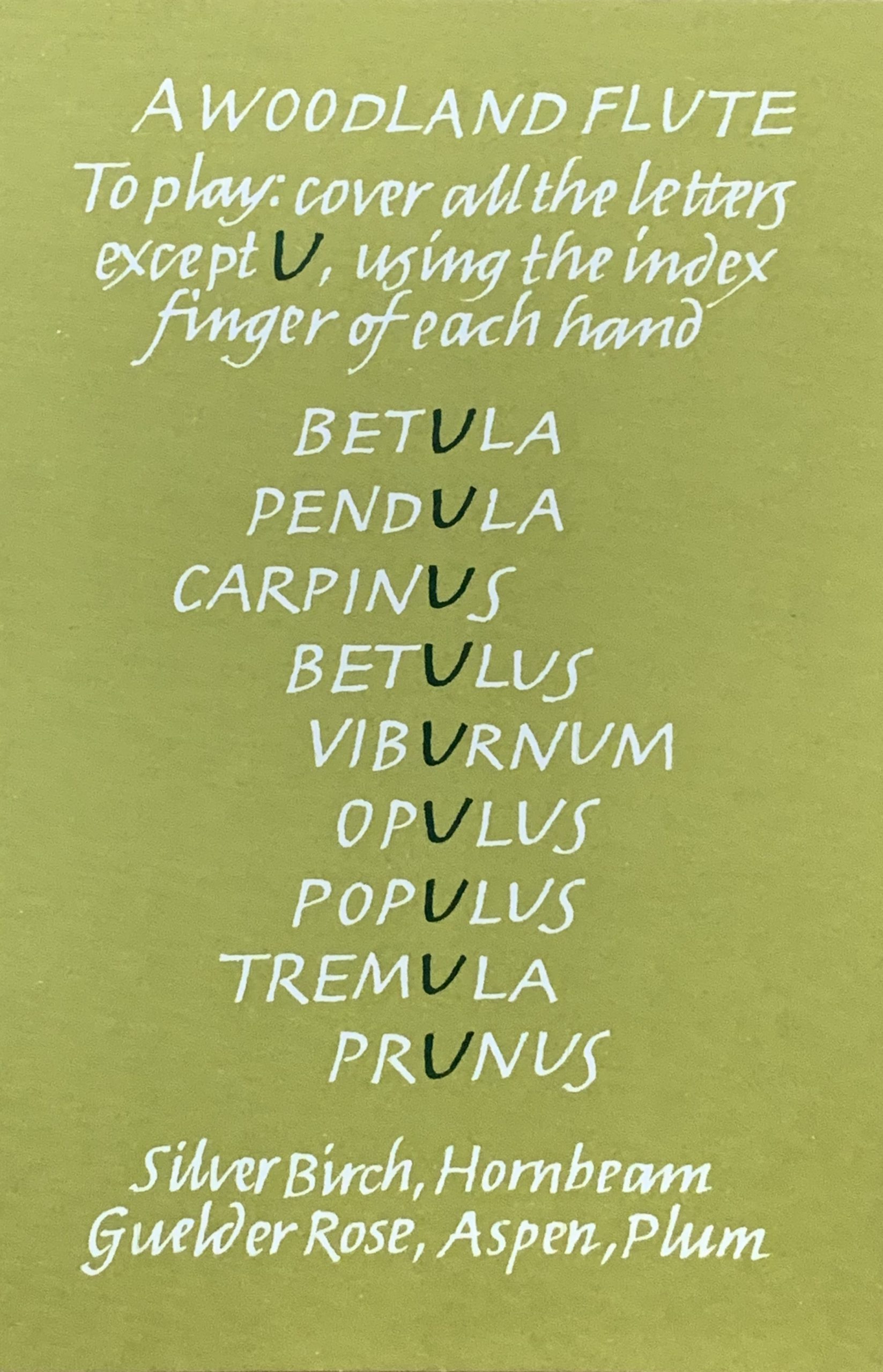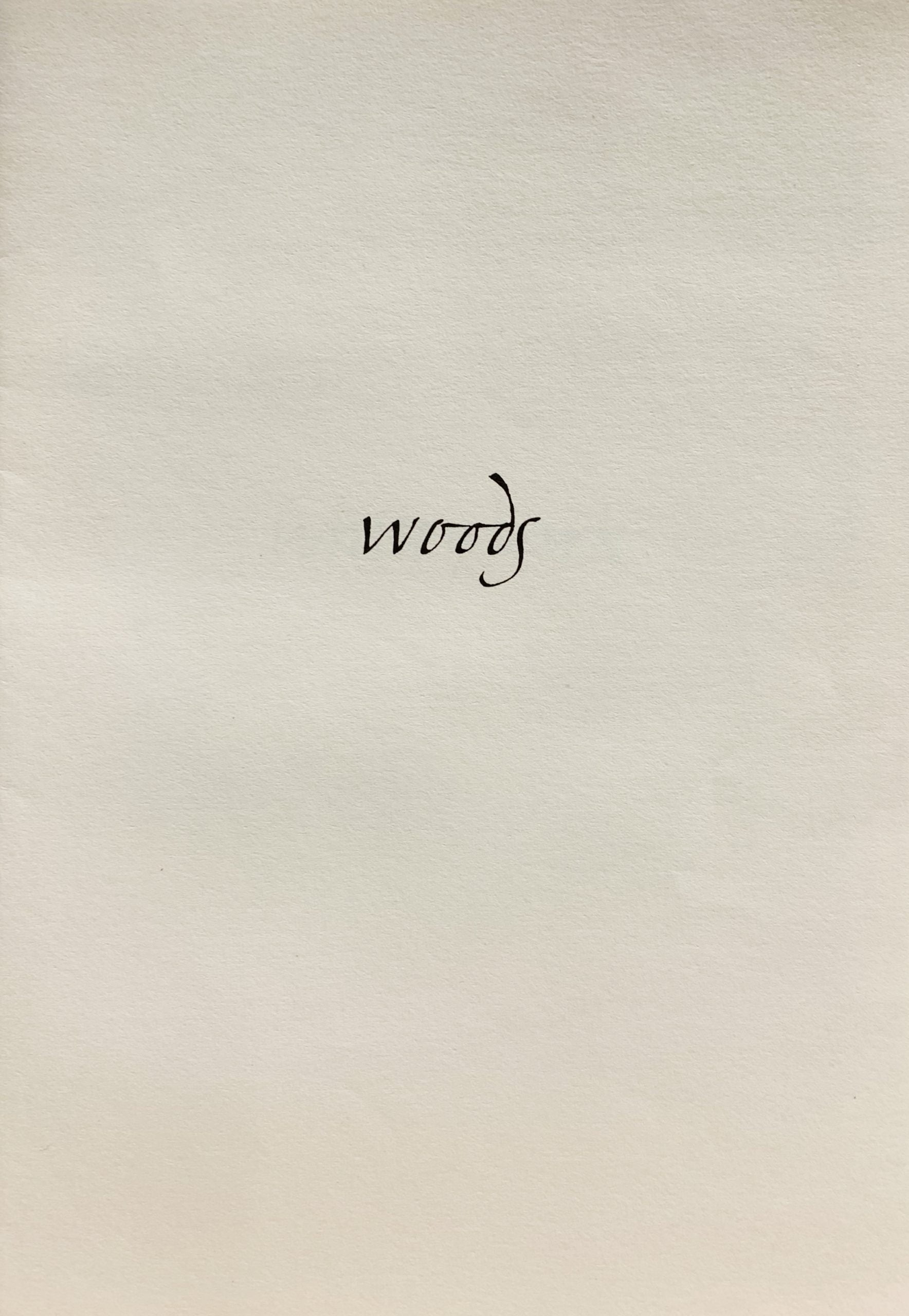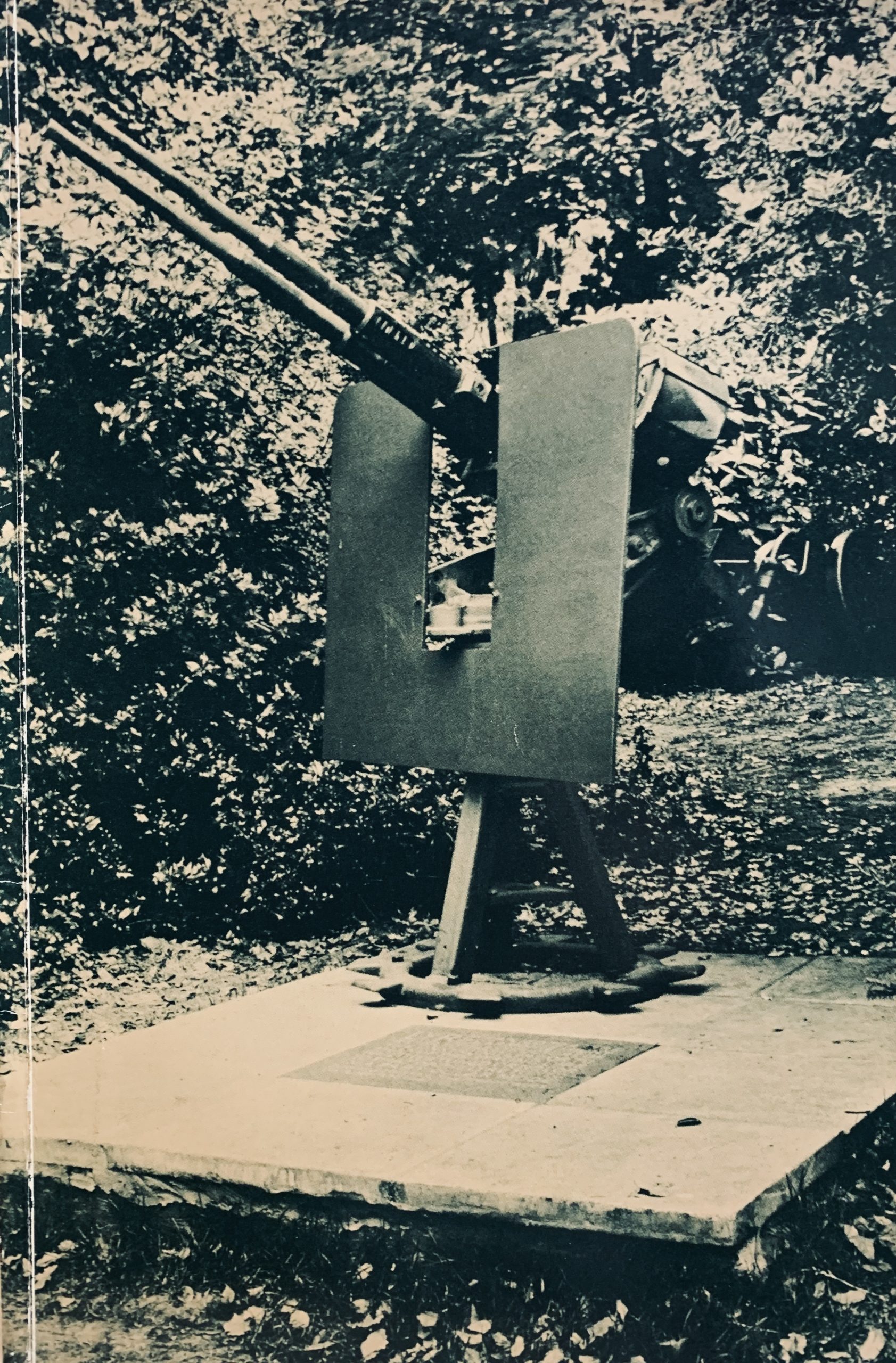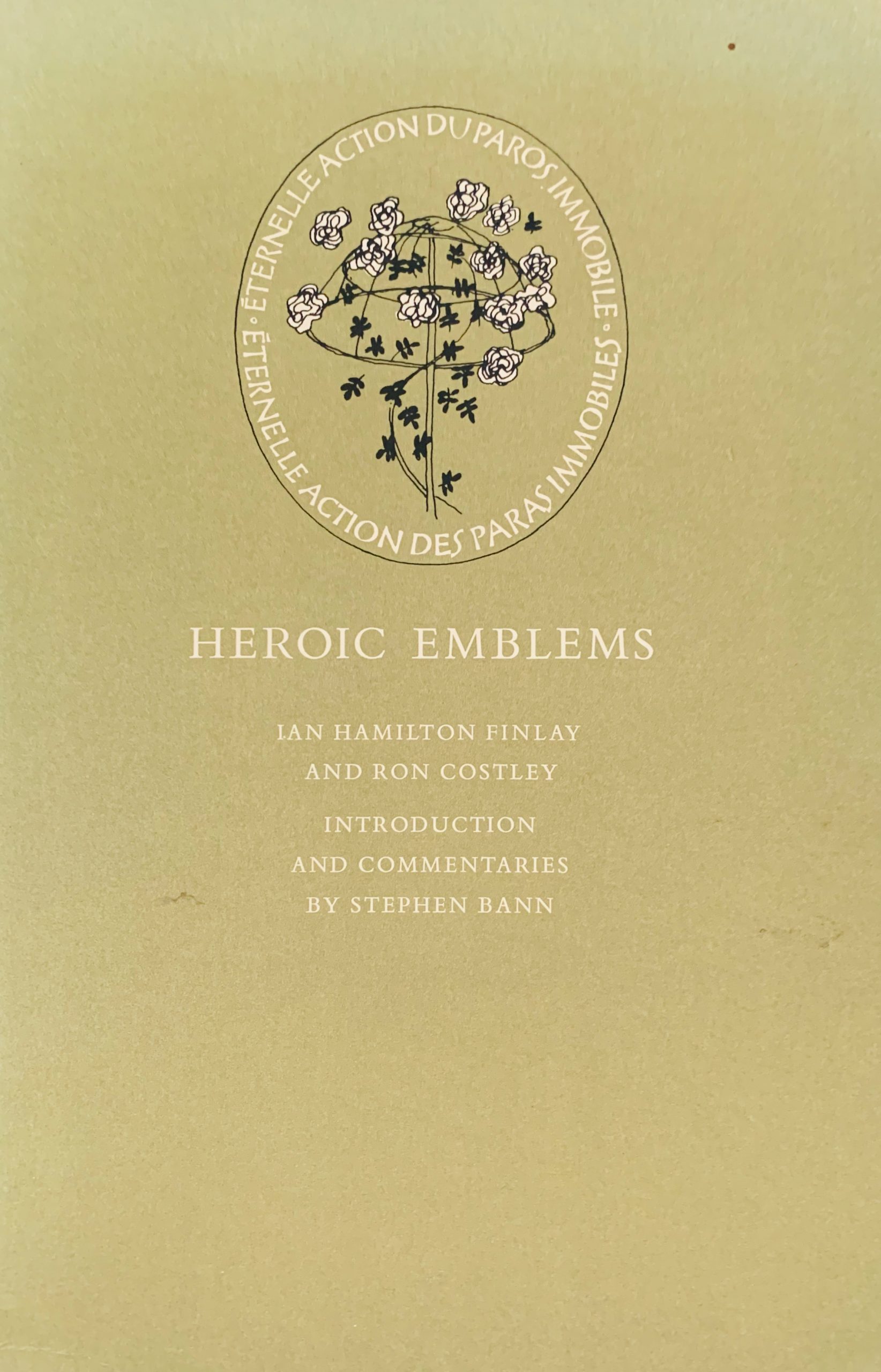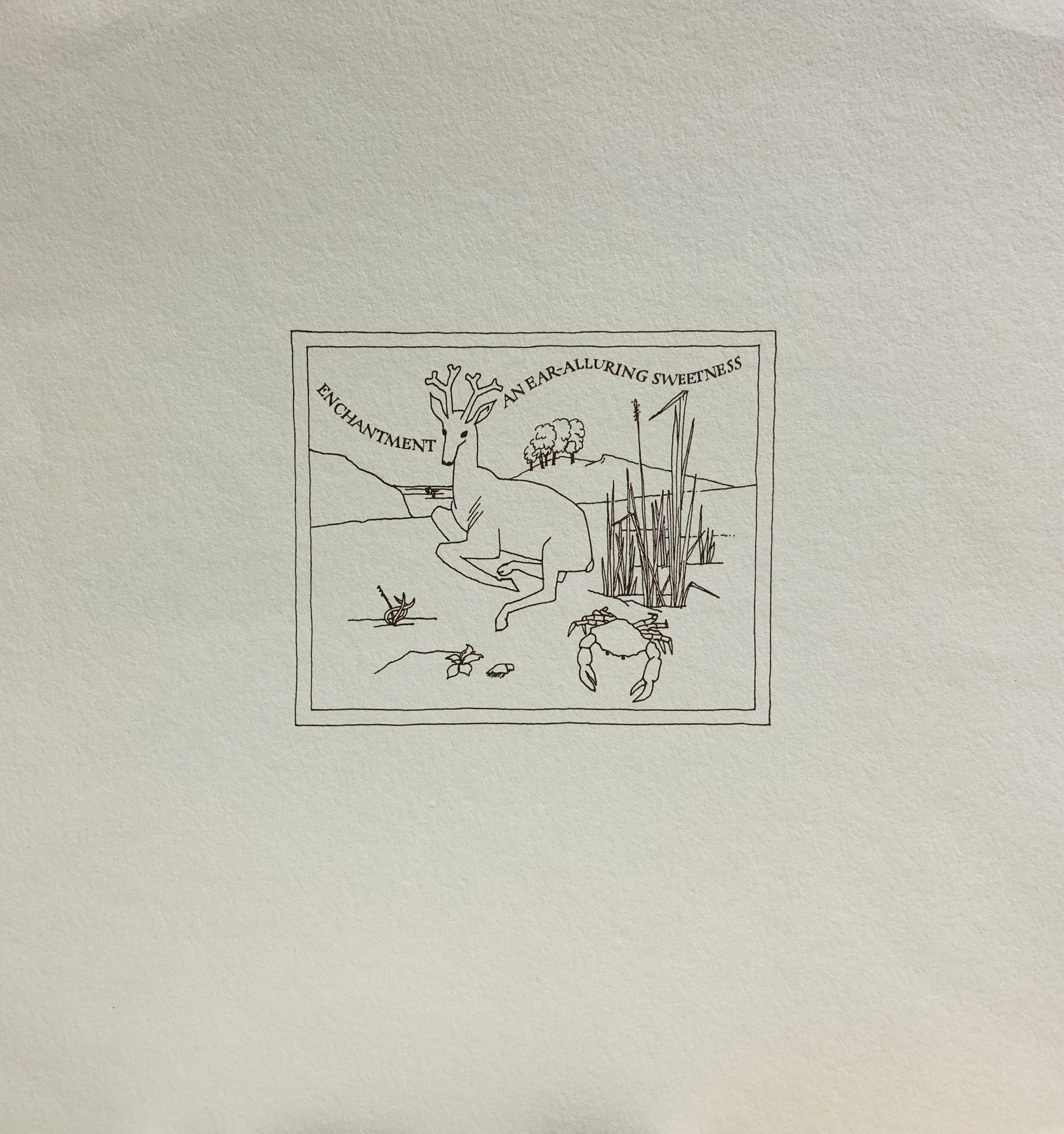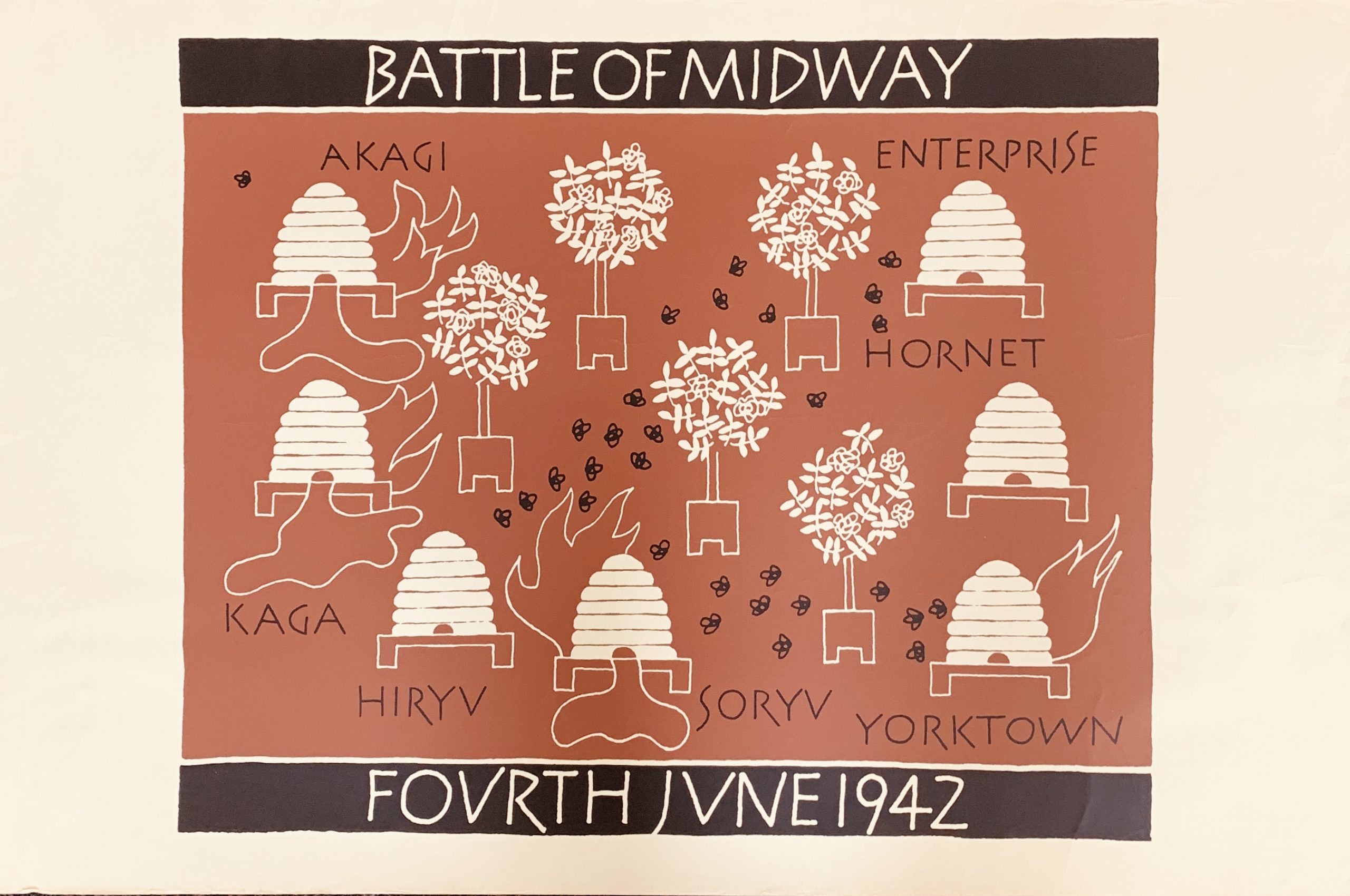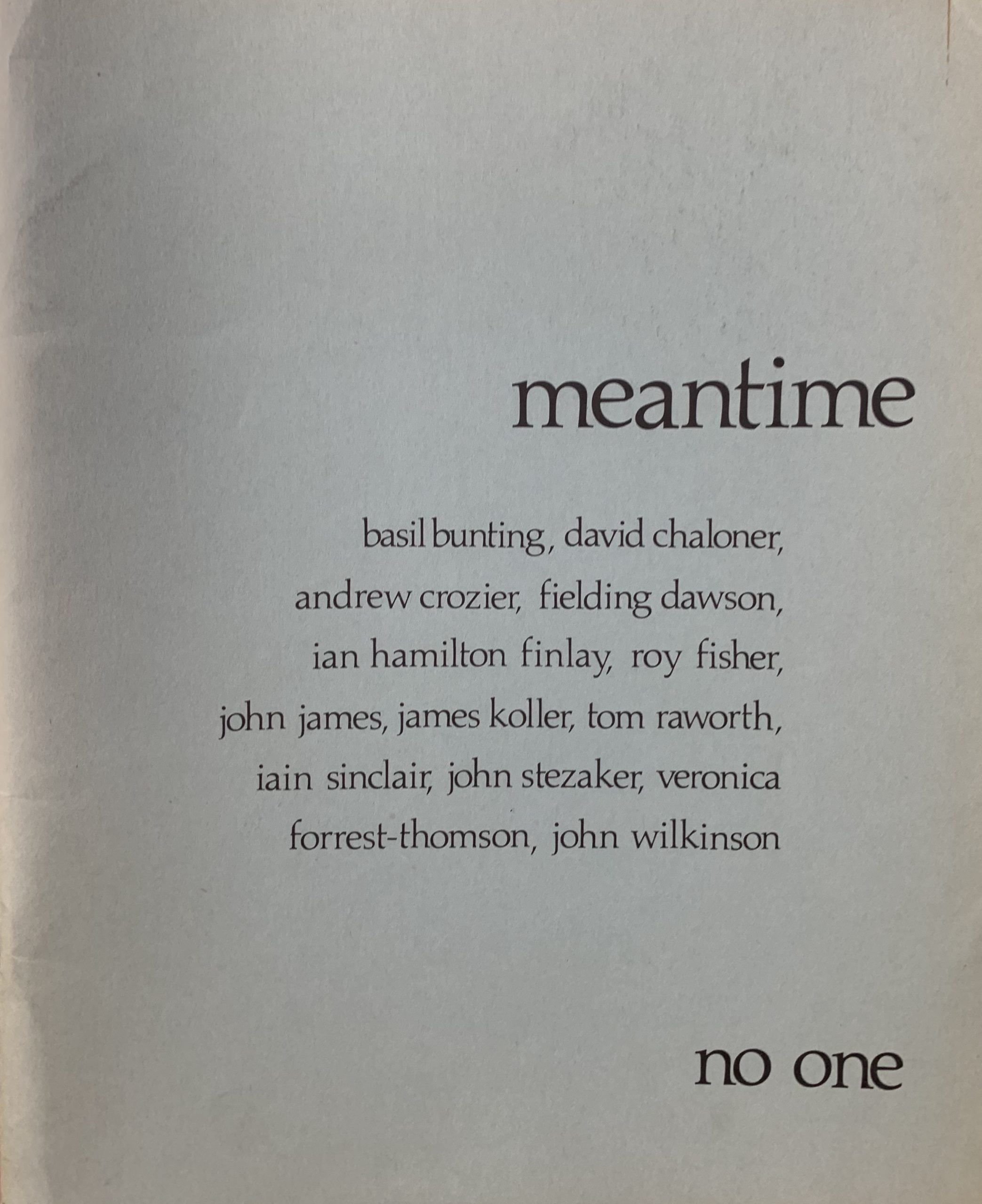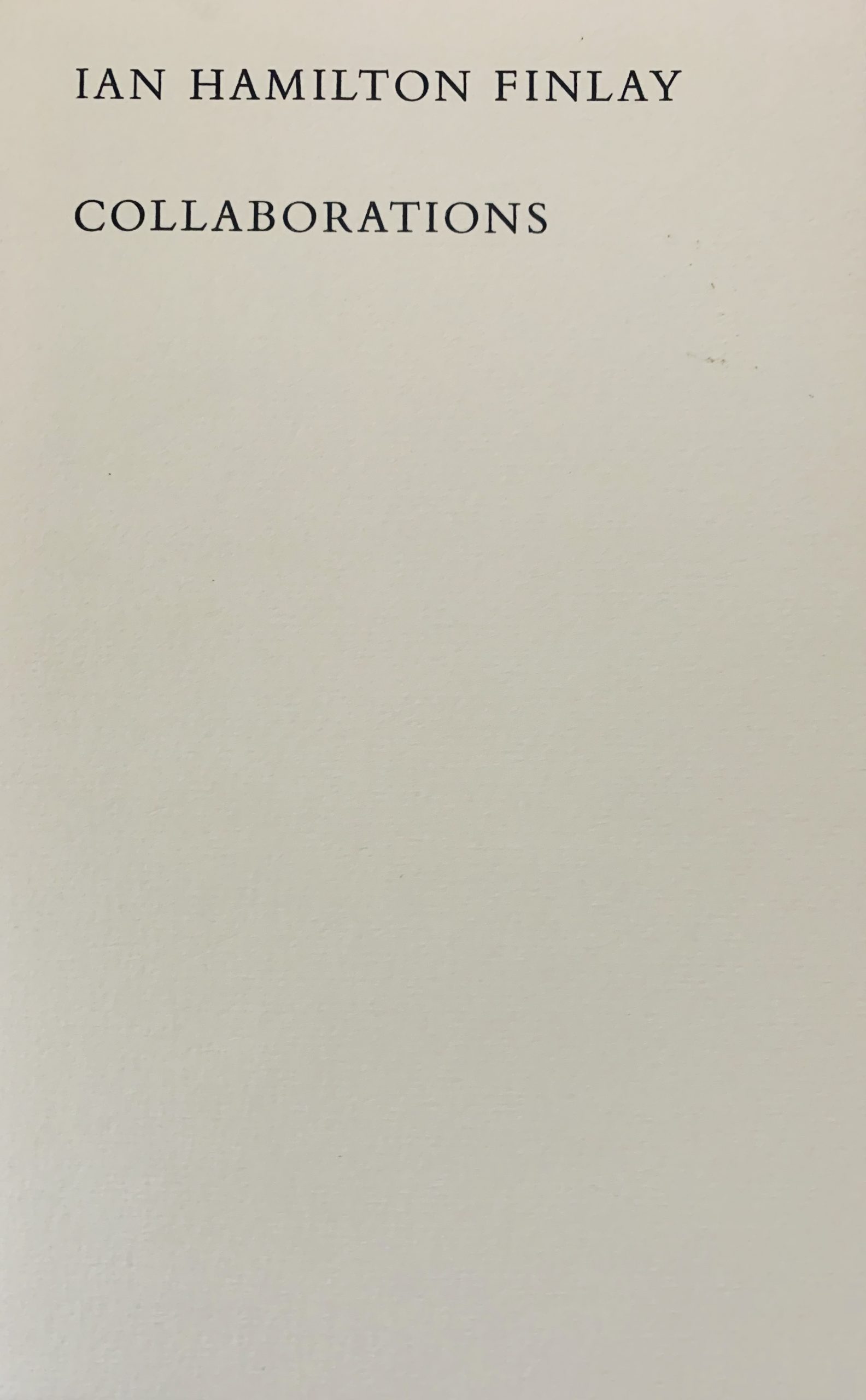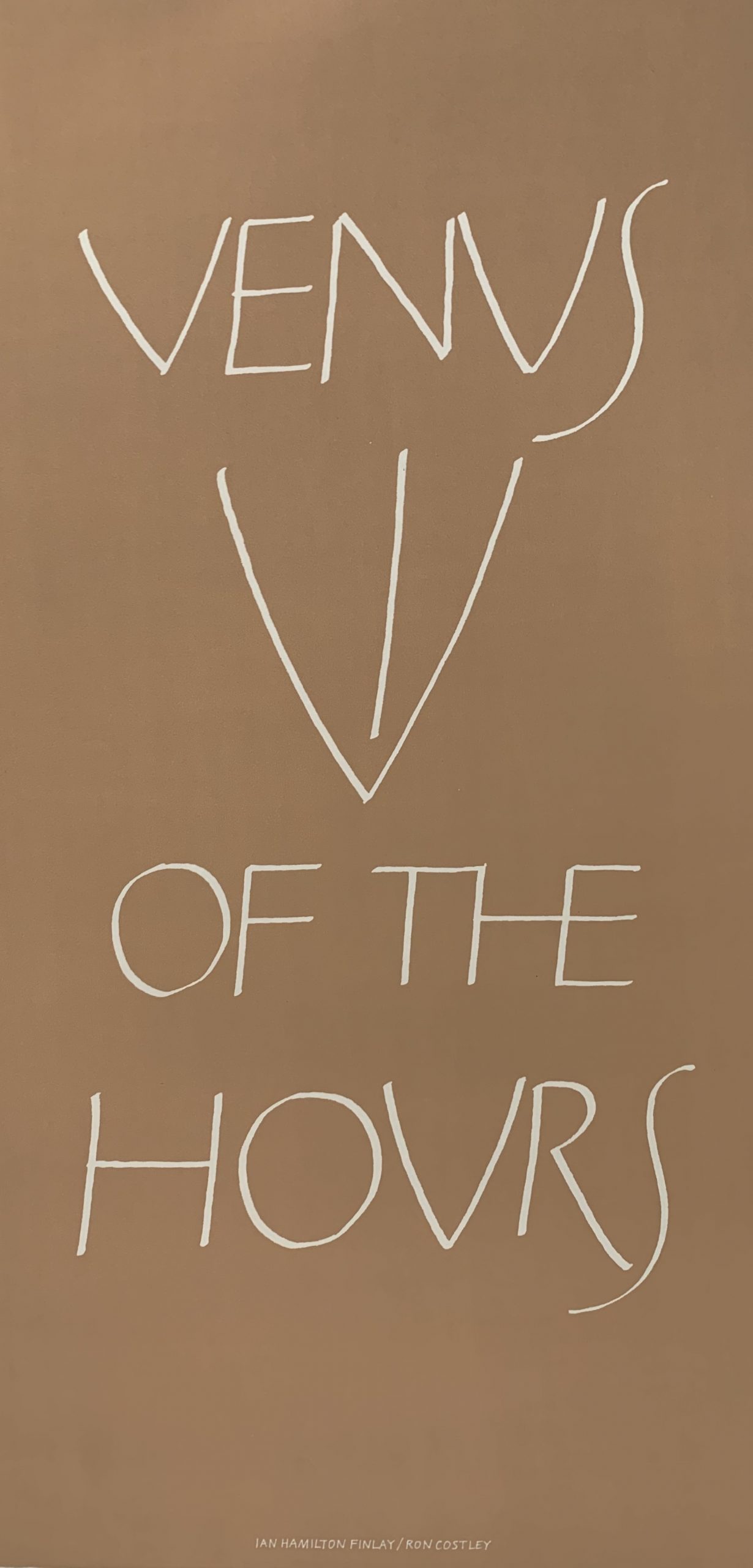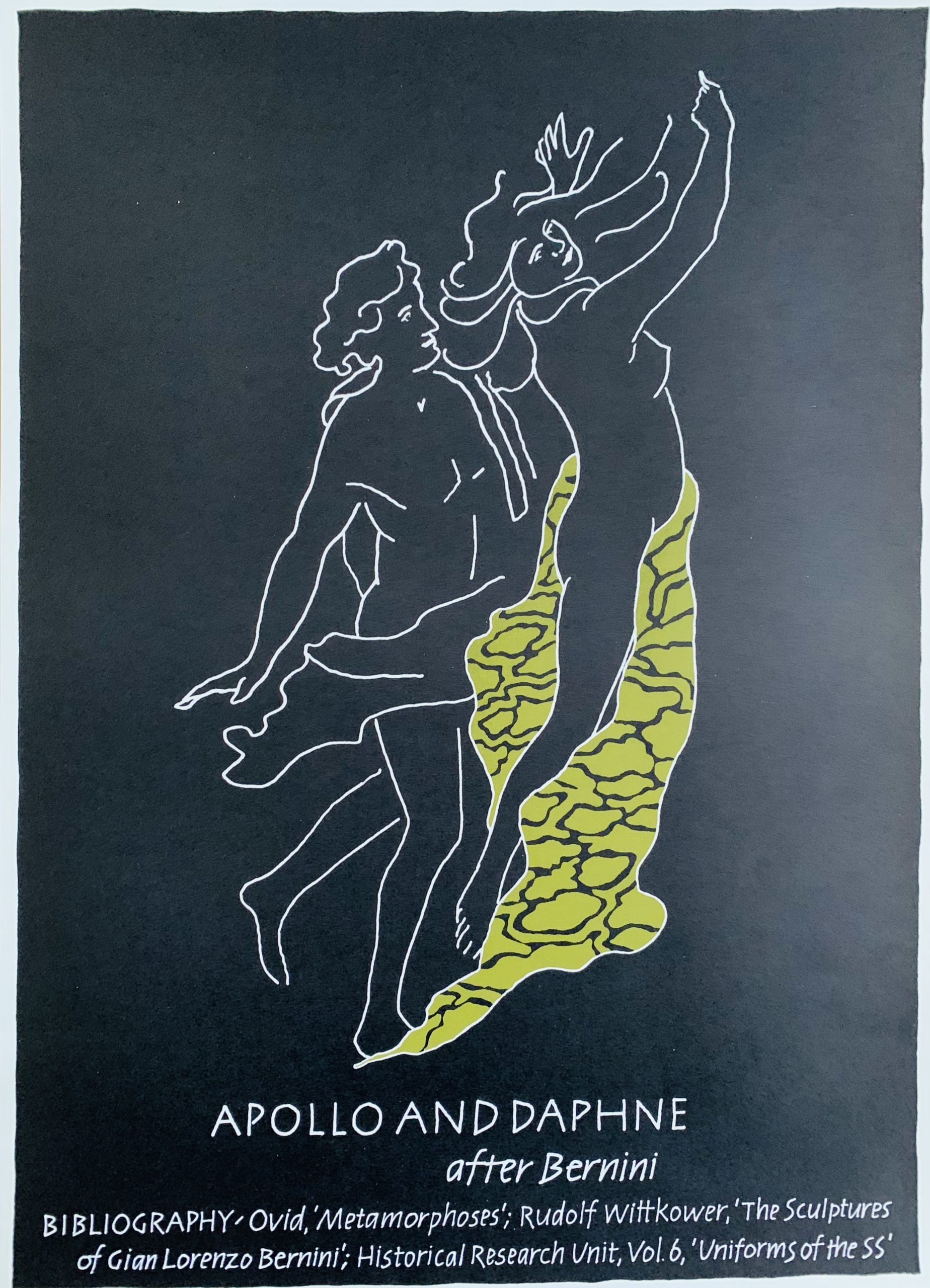29 Apr ULLYSSES WAS HERE. 1979.
Little Sparta: Wild Hawthorn Press, 1979
29.6 x 21cm, full colour offset lithograph with a painting by Ron Costley. The landscape shows where Ulysses had been - but without any landmarks to clearly identify the location. Hence like Ulysses you are lost.
Moreover the phrase "Ulysses was here" also refers to the wartime graffiti "Kilroy was here" as if Ulysses had left his mark on an unknown island.
Interestingly this was original designed to be a folding card and as a result the address of Little Sparta is printed upside down at the top of the sheet. Some copies of these prints were folded by G+Finlay but this is one of the unfolded VG+ examples.
...

